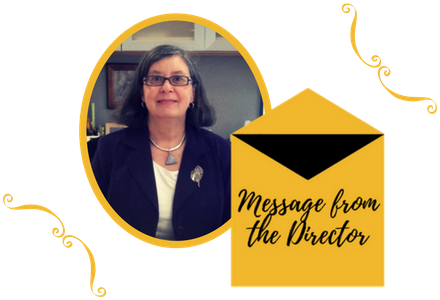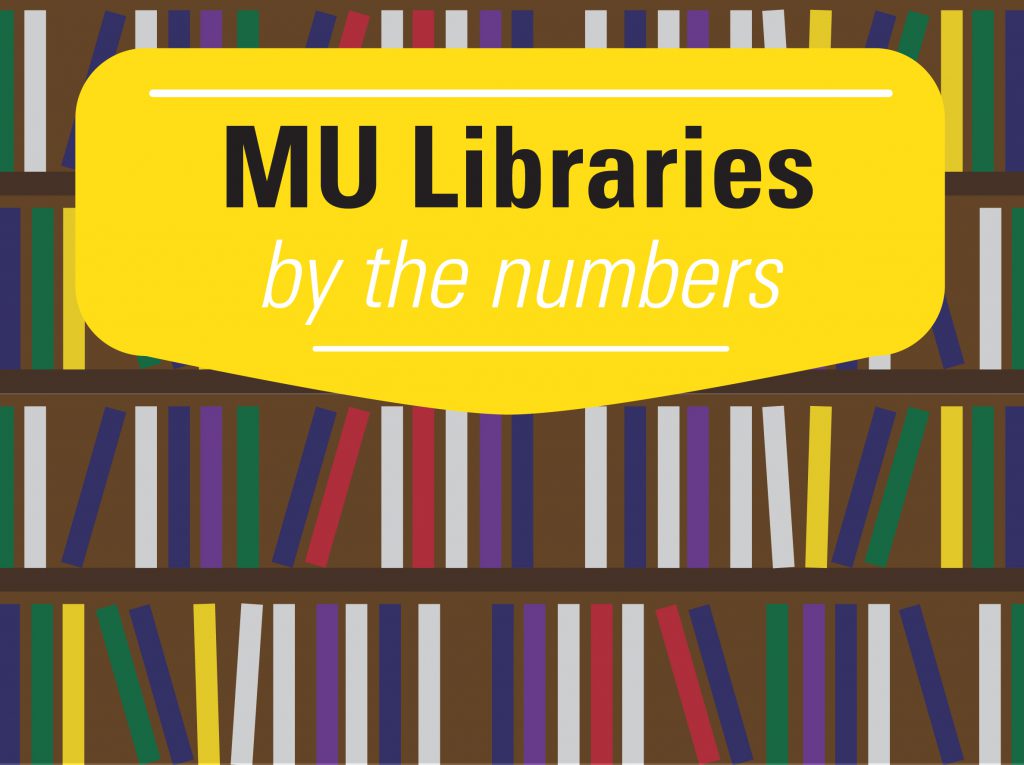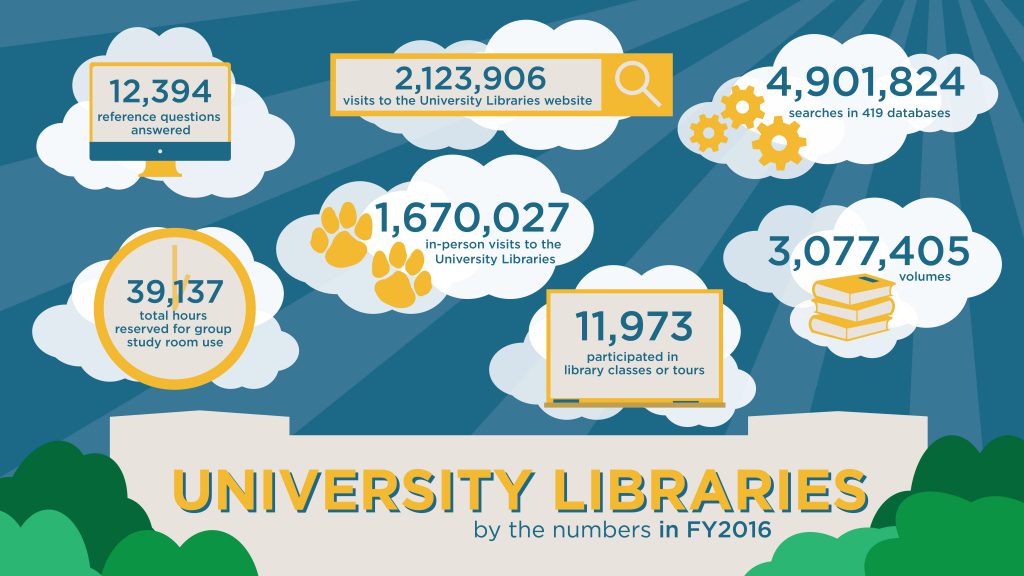Give today. Don’t miss your chance!
Please join us!
Mizzou Giving Day is a day for the entire Mizzou family to combine our support and maximize our impact. This first-ever 24-hour online campaign runs from noon on Wednesday, March 15, until noon Thursday, March 16.
On a normal day while class is in session, our campus library system serves over 8,000 students and faculty! Your support for this highly used, critical campus service is greatly appreciated. We need your help to compete for bonus money that is only available to University Libraries on Mizzou Giving Day. Make a gift to impact one of the following strategic priorities or a fund of your choosing:
- University Libraries Student Advisory Council Fund
- Friends of University Libraries Fund
- Collection Enhancement Fund
As friends of University Libraries, let’s come together and show how Tigers can make a difference!
MIZ-ZOU!










